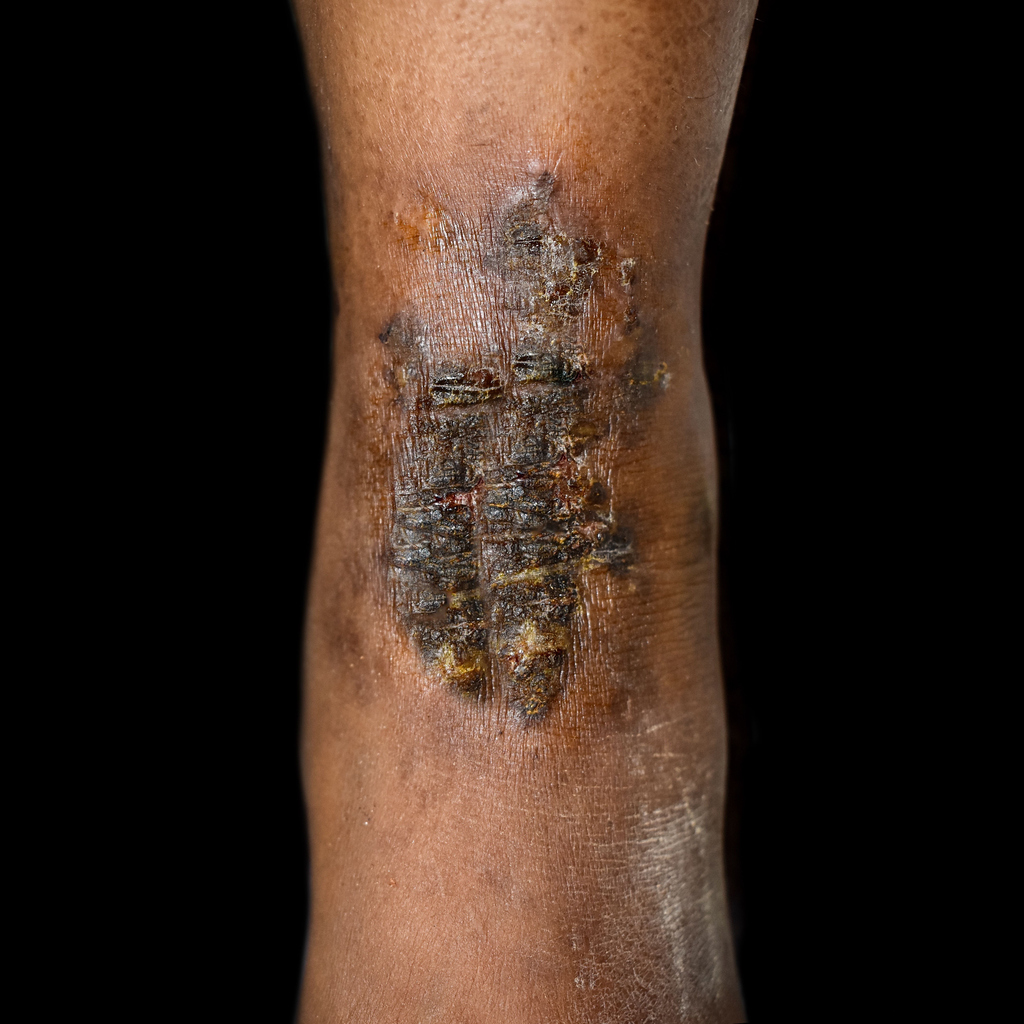Patient images are missing in studies of atopic dermatitis (AD), new research shows.
In a systematic review of 60 studies with a total of nearly 18,000 AD patients, there were 16 images of a total of six AD patients. This means that as little as 0.3 per thousand of the AD patients were represented in images in the published articles.
This is even fewer than what was seen in a similar study looking at psoriasis patients who are represented in images in scientific articles.
“We need more images of patients as visual aids in communication,” says study author Sam Polesie, MD, PhD, Associate Professor at the Sahlgrenska Academy at the University of Gothenburg and a dermatologist at Sahlgrenska University Hospital in Sweden, in a news release. “It is difficult for patients to understand the figures used in scientific publications to describe severity or the effect a certain treatment may have.”
The study is published in the Journal of Dermatological Treatment.
AD can manifest in several ways and look different depending on skin tone.
“Images are also important for understanding that atopic dermatitis looks very different in different types of skin. In people with light skin, the eczema appears as redness, while in people with melanin-rich skin, the eczema often becomes darker, where the disease can be perceived as more purple or grayish,” says Dr. Polesie.
There is also a clear need for images of more patients with AD in medical education, he says.
“There is a need for readily available sets of images showing different types of atopic dermatitis in patient groups and the response to treatment that can be used in the education of healthcare professionals, medical students, and also for patient education,” he says.
The absence of images can also be significant for the development within AI, where machine learning algorithms need to be trained on large collections of images of atopic dermatitis. Soon, such algorithms, which combine the appearance of the eczema with other relevant patient information, could help dermatologists identify the most effective treatment options for individual patients.


